Jawbone of Ancient Marine Reptile Found on UK Beach May Be the Largest Ever Recorded
An enormous jawbone belonging to a prehistoric mammal recently washed up on the shore of a beach in southwest England, which led to the identification of a new species that was up to 25 meters (about 82 feet) long.
Researchers estimate the enormous fossil remains may have been hundreds of millions of years old and could belong to the largest marine reptile ever discovered, the Great Fish Lizard.
Father and Daughter Discover Enormous Fossil
Several years ago, Justin Reynolds and his daughter, Ruby, were walking along the Blue Anchor beach in Somerset, searching for fossils, when they noticed something unusual sticking out of the sand.

Source: Dr. Dean Lomax
As they inched closer, they realized it was the remains of an enormous fossilized jawbone that was over 2 meters (6.5 feet) long.
The Great Fish Lizard
Realizing the significance of their find, Reynolds immediately contacted Dr. Dean Lomax from the University of Manchester. The researcher compared it to an earlier example found in the same vicinity around 2016 and suggested the two examples were of the same species.
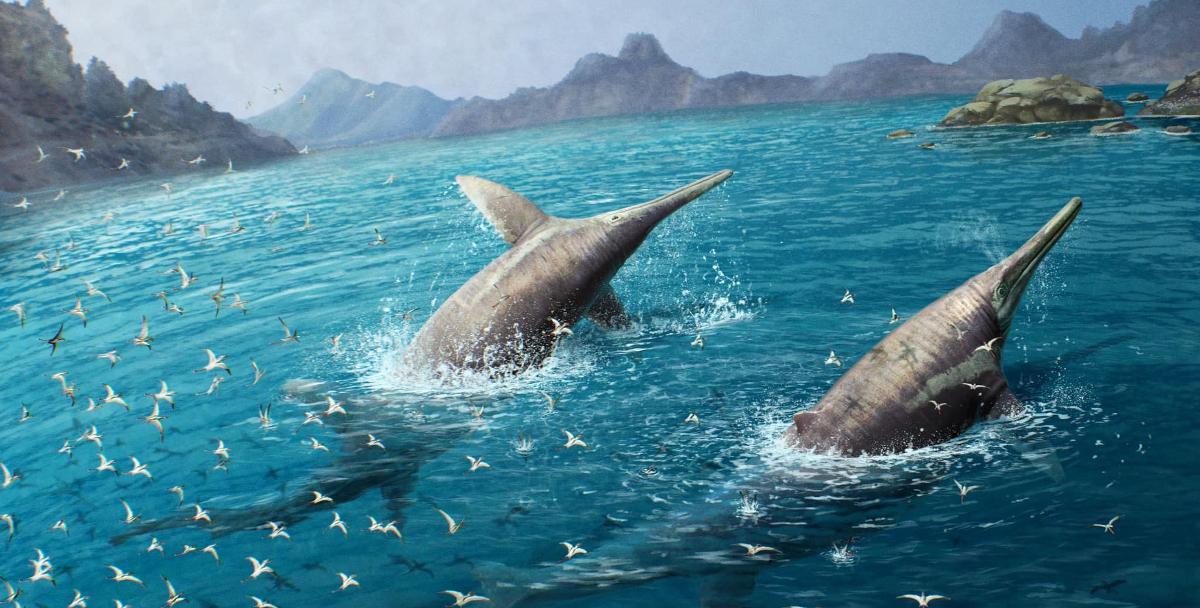
Source: Gabriel Ugueto Art
The jawbones belonged to a long-extinct group of marine reptiles known as ichthyosaurs, which may have been up to 25 meters (82 feet) in length. Researchers now refer to the reptile as Ichthyotitan severnensis, meaning “giant fish lizard of the Severn,” per the Natural History Museum.
New Study Reveals Details About Giant Reptile
Scientists conducted several experiments on the bone structure of the fossilized jaw. They determined that the most recent ichthyosaur example was from a reptile that was still growing.

Source: Freepik
After conducting several experiments, the researchers shared their data in a new study published in the journal PLOS One, which credits both Justin and Ruby as co-authors.
Researchers Suggests Ichthyosaurs Were Larger Than Originally Thought
Dr Marc Jones, curator of Fossil Reptiles at the Natural History Museum, shares his thoughts on the new study, suggesting that the new data shed considerable insight into this ancient reptile.
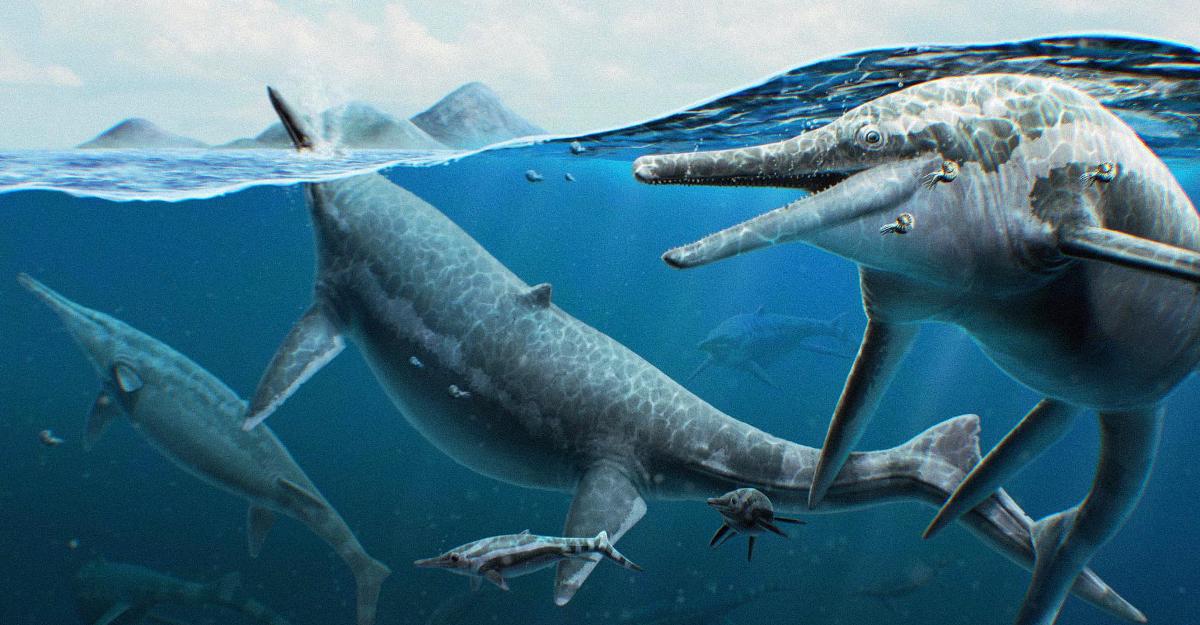
Source: Gabriel Ugueto Art
“We knew that there were giant ichthyosaurs in the Triassic, but this find hints that they were possibly even larger than we thought and perhaps promises that we will find more of the skeleton in the future,” he said.
Ichthyosaurs Emerged 250 Million Years Ago
Ichthyosaurs first emerged around 250 million years ago and became one of the ocean’s most dominant predators. Justin and Ruby’s discovery in 2020 came two years after a similar ichthyosaur jawbone was discovered in Somerset.
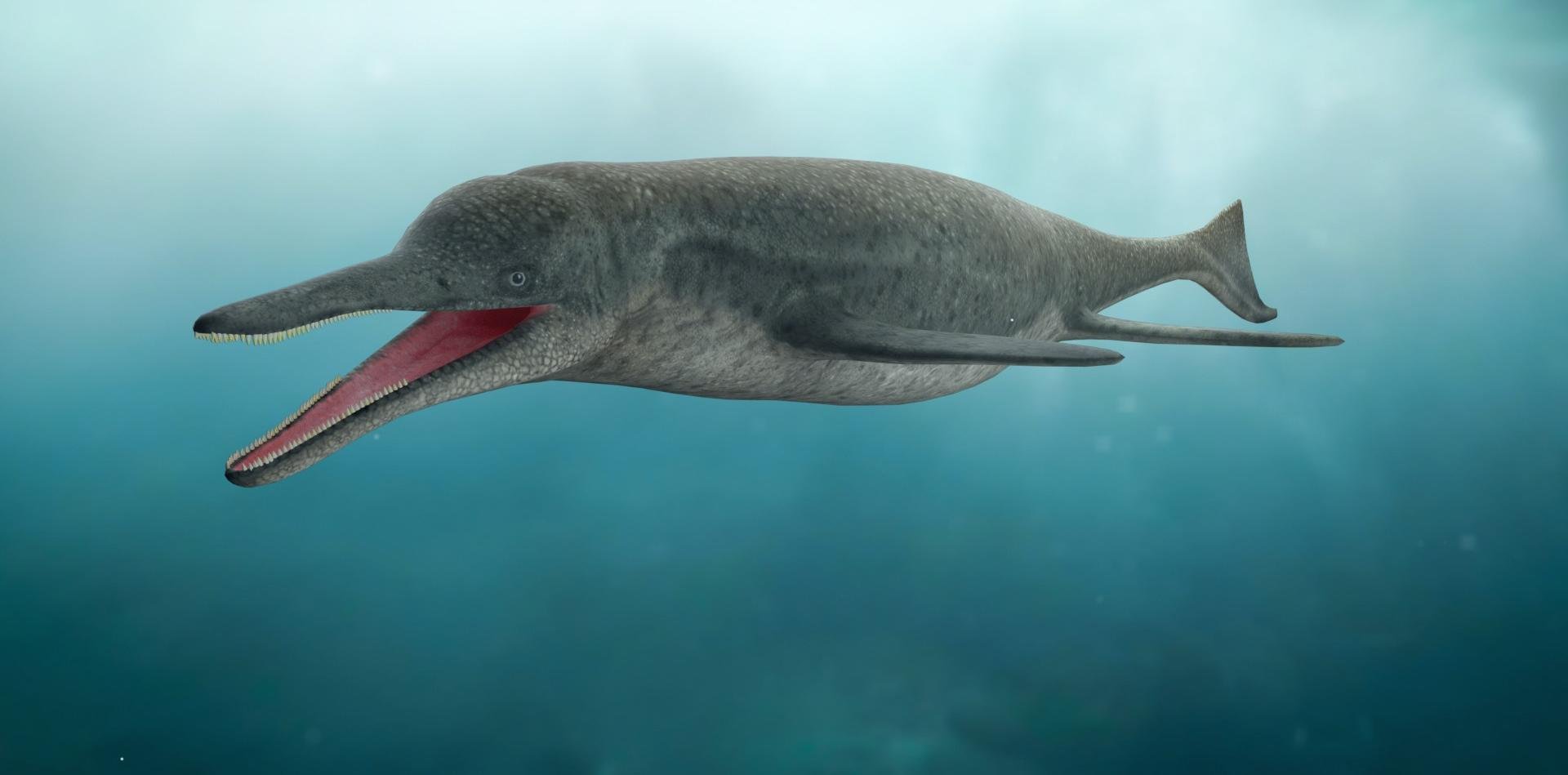
Source: Eons PBS/FaceBook
However, there wasn’t enough evidence at the time to determine its species. Speaking on the 2020 discovery, Dean Lomax at the University of Manchester explained, “It was very clear that this was another one of these giant jawbones. So I was very, very excited.”
Well-Preserved Ichthyosaurs Fossil
“I was amazed by the find. In 2018, my team – including Paul de la Salle – studied and described Paul’s giant jawbone, and we hoped that one day, another would come to light,” said Dr. Lomax.
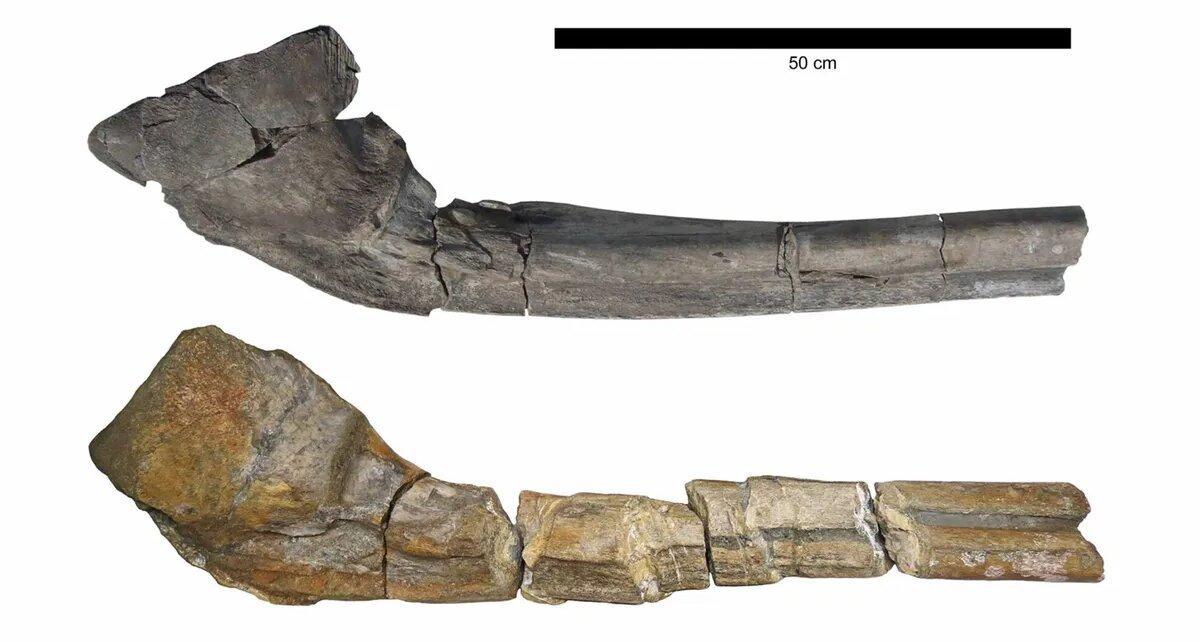
Source: Dr. Dean Lomax
He continued, “This new specimen is more complete, better preserved, and shows that we now have two of these giant [jaw] bones, called a surangular, that have a unique shape and structure. I became very excited, to say the least.”
The Largest Marine Reptile Ever Discovered
By comparing the fossilized jaw bone with the remains of other ichthyosaurs, the researchers estimated that the reptile was between 20 and 25 meters long before it died.
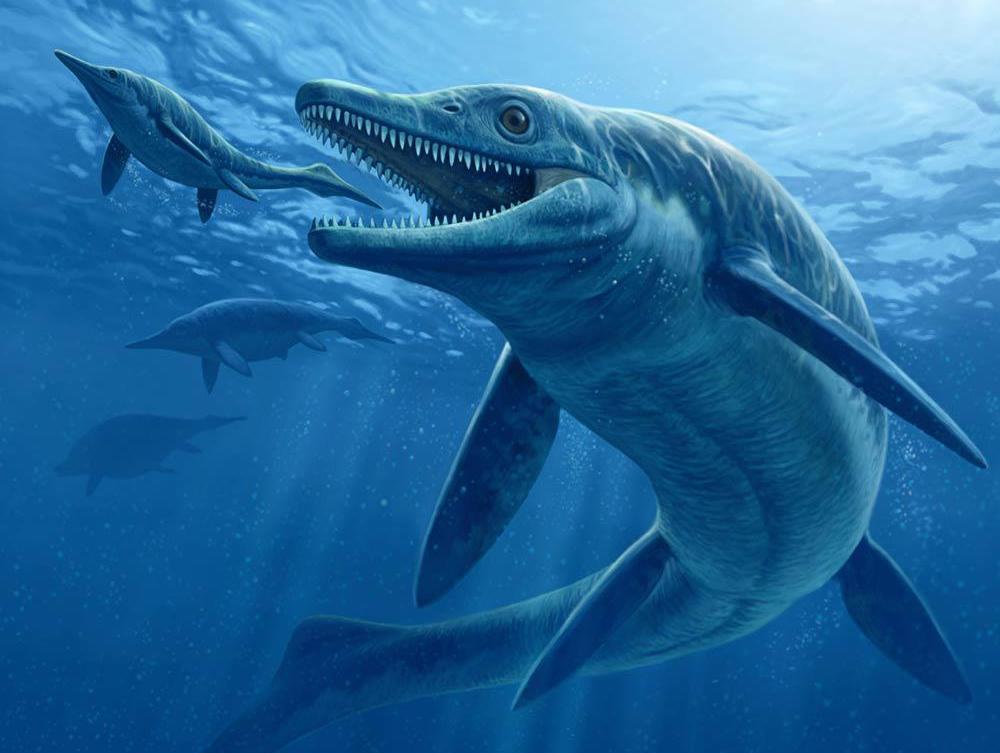
Source: Evolution/Facebook via National Geographic
“We’re dealing with something truly enormous,” says Lomax. “It would certainly represent the largest marine reptile formally described.”
Researchers Discover Unidentified Marine Reptile Species
Lomax explains that the research had been ongoing for a significant amount of time before they were able to identify that the jaw bones belonged to a previously unidentified species.

Source: Freepik
“It is quite remarkable to think that gigantic, blue whale-sized ichthyosaurs were swimming in the oceans around what was the UK during the Triassic Period. These jawbones provide tantalizing evidence that perhaps, one day, a complete skull or skeleton of one of these giants might be found. You never know,” said Lomax.
What Happened to the Giant Reptiles?
The most recent fossilized remains of the ichthyosaur date to the Triassic Period.
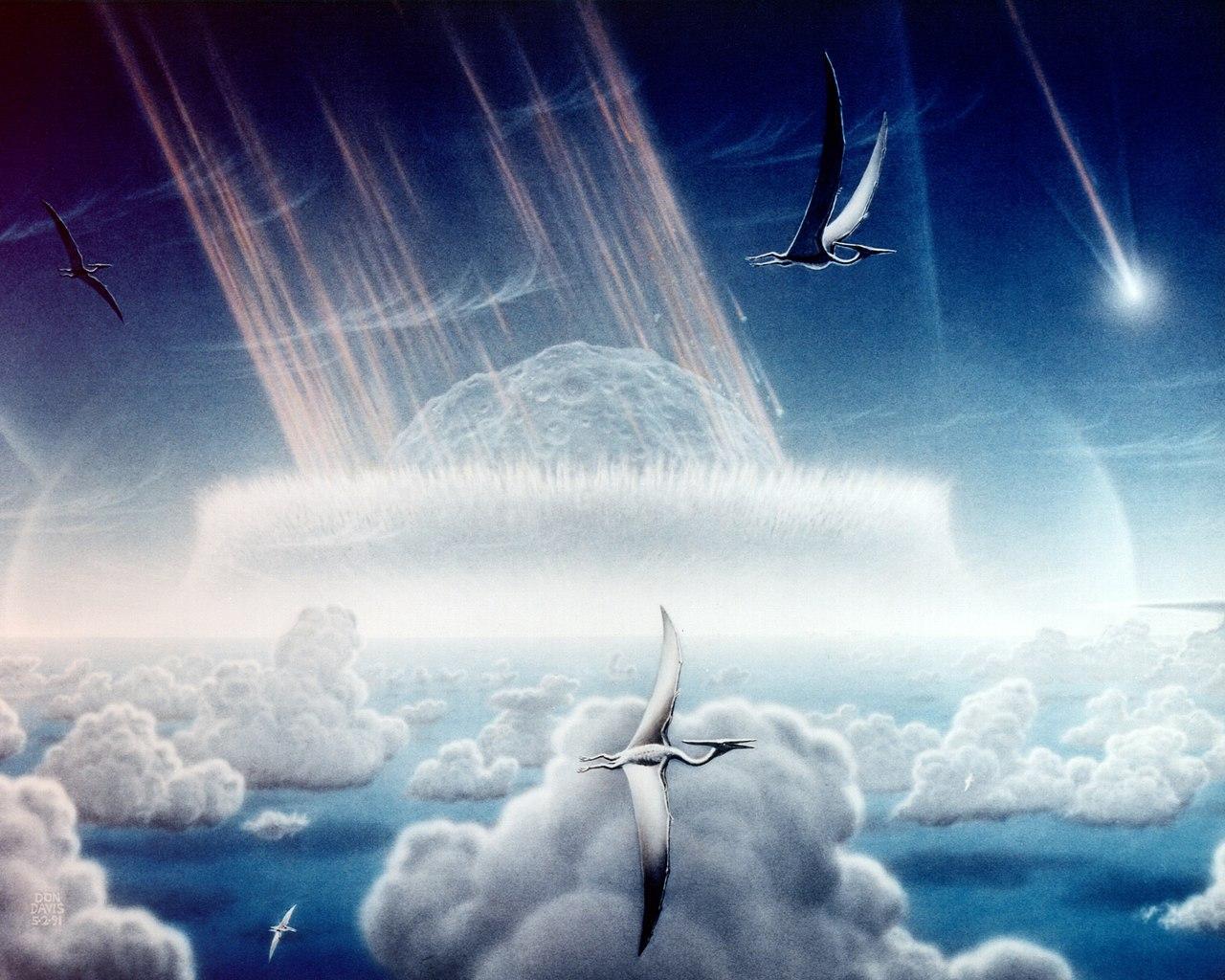
Source: Wikimedia
Unfortunately for this species, a major extinction event occurred. As the Atlantic Ocean became more acidic, there was a drastic increase in sulfur dioxide and carbon dioxide, causing several extinctions, including that of the giant reptile.
The End of Ichthyosaurs
Despite the major extinction events witnessed during the Triassic Period, several smaller species of ichthyosaur survived and continued to thrive in the ocean throughout the Jurassic era.

Source: Gabriel Ugueto Art/Facebook
Many of these ichthyosaurs survived until the Cretaceous period, which resulted in another mass extinction 65 million years ago.
The Last of the Reptilian Giants
Reflecting on the enormous size of the ancient ichthyosaurs that iced during the Triassic period, Lomax explained they truly were some of the largest reptiles to ever live in the ocean.
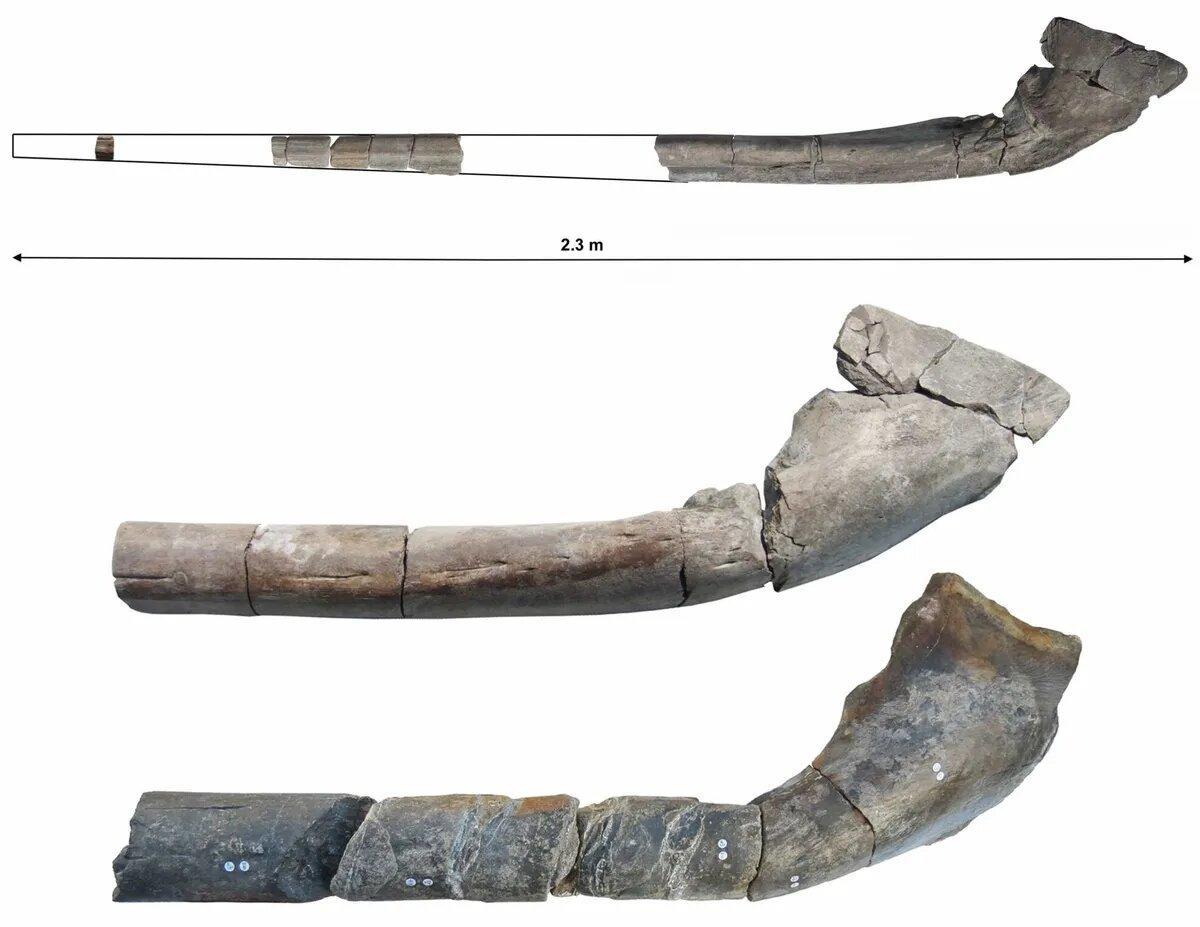
Source: Dr. Dean Lomax
“They are quite literally the last giants,” he said. “No ichthyosaurs got anywhere near this size again.”
